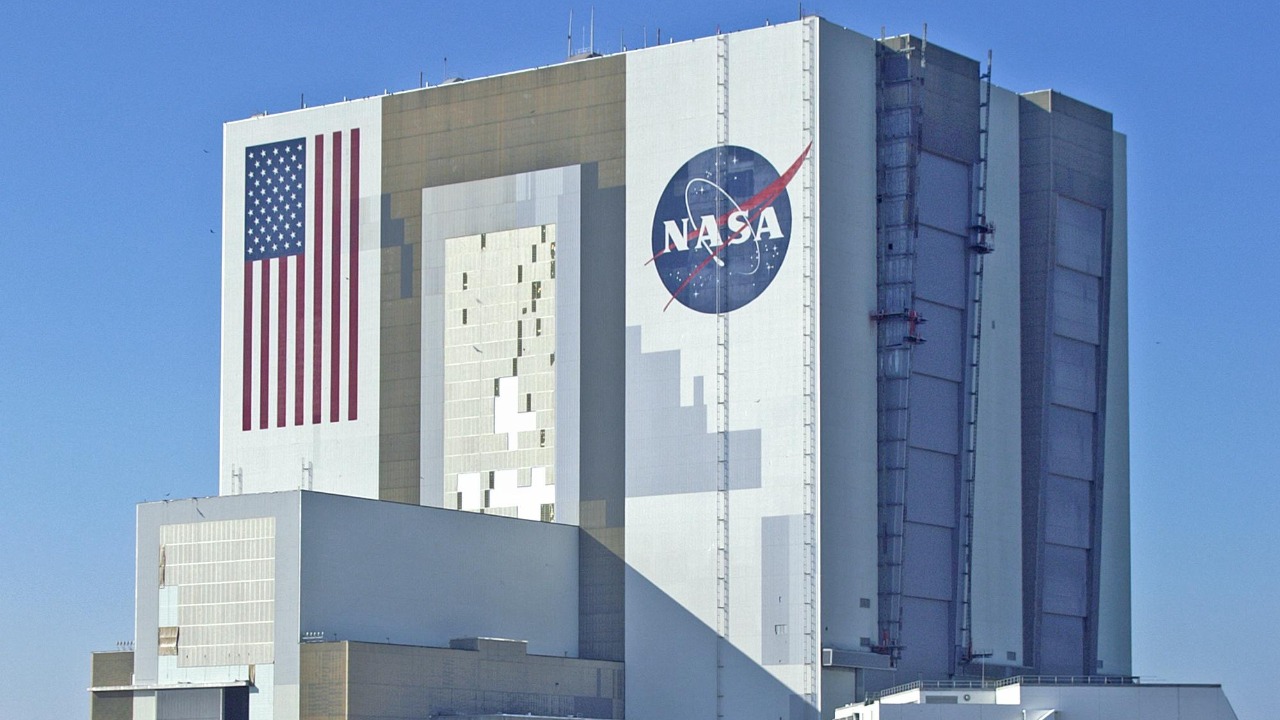
NASA’s premier research hub, the flagship science center, is reportedly “sinking” due to the ongoing government shutdown. Critics argue that this deterioration not only threatens the center’s infrastructure but may also be a violation of federal laws that govern facility maintenance and employee furloughs. As the shutdown continues, the situation raises questions about the preservation of scientific assets and the legal boundaries of emergency measures.
The Flagship Science Center: NASA’s Premier Research Hub
The flagship science center is NASA’s central facility for advanced space research and innovation. It has been instrumental in numerous flagship missions, contributing significantly to our understanding of the universe. However, the current government shutdown has left the center vulnerable, with key infrastructure elements at risk of “sinking” due to neglected maintenance.
Historically, the center has been a cornerstone of NASA’s operations, with substantial investments in terms of funding and personnel. The current situation, as reported by Space.com, threatens to undermine these investments and the center’s pivotal role in space research.
Government Shutdown’s Direct Impact on Operations
The government shutdown has led to the furlough of essential staff at the flagship science center, halting routine upkeep and monitoring activities. This lack of intervention has resulted in concrete examples of deterioration, including structural issues metaphorically termed “sinking”.
The duration of the shutdown has escalated risks to the center’s physical integrity. The longer the shutdown continues, the greater the potential for irreversible damage to the center’s infrastructure, a concern highlighted in recent analyses.
Allegations of Legal Violations by NASA
Critics claim that NASA’s inaction on maintenance during the shutdown constitutes a violation of federal laws. These laws mandate the protection of government assets during fiscal emergencies, and critics argue that NASA is “breaking the law in the process” by prioritizing shutdown protocols over facility preservation requirements.
Relevant statutes, such as those under the Antideficiency Act, may apply to the shutdown’s constraints on NASA’s decision-making. The application of these laws in the current situation is a matter of ongoing debate.
Critics’ Voices and Key Arguments
Prominent critics assert that the decline of the flagship science center is not just an operational failure but a potential legal breach amid the government shutdown. Watchdog groups and former officials have raised specific concerns about the long-term consequences of “sinking” infrastructure on national space goals.
These critics argue that immediate action is needed to avert irreversible harm. Their views represent a call for oversight and accountability in the management of the center during the shutdown.
NASA’s Official Stance and Challenges
NASA has defended its compliance with shutdown directives, while acknowledging the difficulties in safeguarding the flagship science center. The agency faces internal challenges, including budget constraints and personnel limitations, that exacerbate the “sinking” risks during this period.
Despite these challenges, NASA has made public statements about the center’s status and the broader context of government-imposed restrictions. These statements reflect the agency’s commitment to preserving the center while complying with the shutdown directives.
Broader Implications for U.S. Space Science
The potential loss or damage to the flagship science center could disrupt ongoing NASA projects and delay scientific advancements. The government shutdown amplifies vulnerabilities in federal research infrastructure, with potential ripple effects on international collaborations and funding.
Experts have emphasized the need for policy reforms to protect assets like the flagship science center during fiscal crises. These reforms could prevent future incidents and ensure the continuity of space research in the United States.
Potential Paths Forward and Resolutions
Critics have proposed solutions such as emergency funding or legal challenges to halt the “sinking” of the center and address alleged law-breaking. The resolution of the shutdown and the recovery of the facility are directly linked, and developments as of October 31, 2025, will have a bearing on this process.
There have also been calls for congressional intervention to ensure that NASA’s flagship science center is restored without further legal or structural compromise. These calls underscore the urgency of the situation and the need for decisive action to preserve this critical asset for space research.
More from MorningOverview